Jungian Thought with a Unique Perspective on Ego Development in Mythology
Erich Neumann’s “The Origins and History of Consciousness” is a dense and relatively early exploration of Jungian psychology. The book not only delves into the intricate web of myths and archetypes but also introduces a unique concept that sheds light on the evolution of ego consciousness within the human species across time using mythological and religious development. While Neumann’s work is ambitious and commendable, it is not perfect. I would view this book as an earlier, and less well articulated, attempt to clarify Edward Eddinger’s theories about the ego self axis that he would lay out in Ego and Archetype.
One of Neumann’s key contributions in this book is his intriguing concept of “Centroversion” or the idea of ego development in mankind as reflected in myths across different eras.
Ego development through centroversion:
Extraversion and introversion are two fundamental personality traits that represent different ways in which individuals interact with the external world and recharge their energy. These concepts were popularized by Carl Jung and have become central in personality psychology. In Jungian Psychology introversion is the focus on ones inner world while extroversion is the focus on the outer world. Neumann invents the term centroversion to refer to the development of a middle world of the ego. This central ego functions as a bridge between the forces of the outer world of nature and the inner nature of the collective unconscious.
Erich Neumann, much like Edward Edinger, offers a lens through which to examine the development of ego consciousness in human myths spanning prehistoric times, the early middle era, and late mythology. During the prehistoric phase, as Neumann describes, humanity resided in a realm of unconsciousness, akin to an existence closely aligned with the animal world. In this era, the connection with the natural world was profound, and the boundaries of consciousness were blurred. Myths from this epoch often depict humans as integral parts of nature and the collective unconscious, a state deeply interwoven with the world.
Echoing Neumann’s observations in Ego and Archetype, Edinger’s perspective aligns with the notion that early myths reflect a state of undifferentiated unity with the cosmos. In these narratives, there is a palpable fusion of the individual with the vastness of the external world.
The transition to the early middle mythology era shows the emergence of a more discernible ego. During this period, myths illustrate the arduous struggle between the nascent ego and the formidable forces of the unconscious and nature. Heroes in these tales embark on quests to forge their individuality and carve out their identities amidst the overpowering currents of the collective unconscious.
Edinger, too, identifies this stage as marked by the burgeoning ego. Within these myths, we encounter the hero’s journey—a transformative odyssey that signifies ego development and the attainment of self-awareness. The hero grapples with the separation from the collective and confronts myriad inner and outer challenges on the path toward self-discovery.
As we transition into the late mythology phase humanity makes considerable progress in ego development and mythology changes. Myths from this period are reflective of a more mature and conscious relationship between the ego and the unconscious. Here, the hero’s journey symbolizes the integration of the ego with the collective unconscious, culminating in a higher level of self-awareness and wisdom.
Edinger, in parallel, interprets late mythology as a stage wherein the hero achieves a profound integration with the unconscious and emerges as a beacon of wisdom. These myths underscore the hero’s remarkable ability to harmonize the inner and outer worlds, offering guidance and serving as a mentor to the next hero.
Many late mythology period myths reflect these themes of the natural world’s feminine unconscious and the masculine world’s rigid legalistic technocracy. The Ancient Greek bacchanals embody this, when the ego-controlled, masculine world of civilization becomes excessively dominant and rigid, a response often emerges in the form of wild, ecstatic gatherings led by the raw, violent, unconscious, and feminine forces of the natural world. These bacchanals provide a vital release for pent-up energies and a rebellion against societal constraints, allowing individuals to temporarily shed the veneer of civilization and embrace their raw, primal instincts.
Both Edinger and Neumann describe this dualistic nature of the modern world at war with its ancient pre conscious ancestry. What Edinger calls the ego self, Neumann calls “Uroboric incest“. This is the desire of the ego to be subsumed and dissolved back into the unconscious feminine “mother” that birthed it. Neumann describes our human tendency to repress the unconscious until it bursts forward and consumes the ego in bacchanalian psychosis. Edinger sees this as the desire to return to the original Eden state of the primal garden. Edinger’s concept of ego self axis is a little less Freudian and probably more useful. To do this, however, would require us to give up intellect, knowledge and language. Both Edinger and Neumann are arguing for the acknowledgement and reverence to these dueling and seemingly mutually exclusive parts of self. Without them both we are not whole. To repress the feminine unconscious is to give it control of our psyche and let it use the tools of logic and civilization to its own ends.
Problems with the unconscious feminine:
Neumann extensively references Egyptian mythology in his work to bolster his argument about the evolution of human consciousness. He highlights the myth of Osiris and Set as a prime example. In this Egyptian narrative, Osiris, representing order and consciousness, is dismembered by his brother Set, symbolizing chaos and the unconscious. Neumann interprets this myth as a reflection of the early differentiation of ego consciousness from the collective unconscious. Osiris’s dismemberment represents the fragmentation of early human consciousness as it begins to separate from the undifferentiated collective unconscious.
Neumann also looks at the myth of the Egyptian sun god Ra. The sun’s daily journey across the sky symbolizes the ego’s movement from dawn (emergence of ego consciousness) to noon (full ego development) and then to sunset (a return to the unconscious). This myth illustrates the cyclical nature of ego development and its interaction with the unconscious.
However, the book faces several challenges that may impact its resonance with modern readers. For instance, when compared to the clarity, presentation, and depth found in the works of Carol Pearson, Clarissa Pinkola Estes and Joseph Campbell, Neumann’s book may appear somewhat outdated and less engaging. It is full of jargon that could have been clarified more simply like the constant references to “uoroboric incest”.
Another issue arises from the persistent demonization of the feminine throughout the book. Neumann’s arguments rely on cherry-picked mythological examples, leading to a one-dimensional portrayal of the feminine as destructive or evil. This perspective fails to acknowledge the importance of balance between masculine and feminine energies within the human psyche, a concept that is evident in many global mythologies. In mythology the Feminine aspect is often identified with the unconscious, but not only as a force of chaos and darkness. There is no mention of the divine feminines relationship to the maternal, nurturing, vulnerable, creative and authentic parts of self the Feminine also allows access too. His conception of the Feminine is quite dated and almost Freudianly psychoanalytic.
Neumann’s work falls short in addressing the need for a counter-argument or a more balanced perspective. While it explores the idea that human consciousness evolved through conflicts between male ego and female unconscious principles, it lacks a serious examination of how both genders are challenged and spurred on by each other through projective integration. “Opposites attract until they react” Robert Moore would say. Joseph Campbell spoke endlessly about the the need to attack and project parts of self ONLY as path to more mature acceptance and integration of the opposite aspect. Neumann lacks this subtlety. This oversight is particularly noticeable in a time when Freud’s ideas had already been widely criticized, and sexist societal attitudes were evolving.
Where Edinger puts it better:
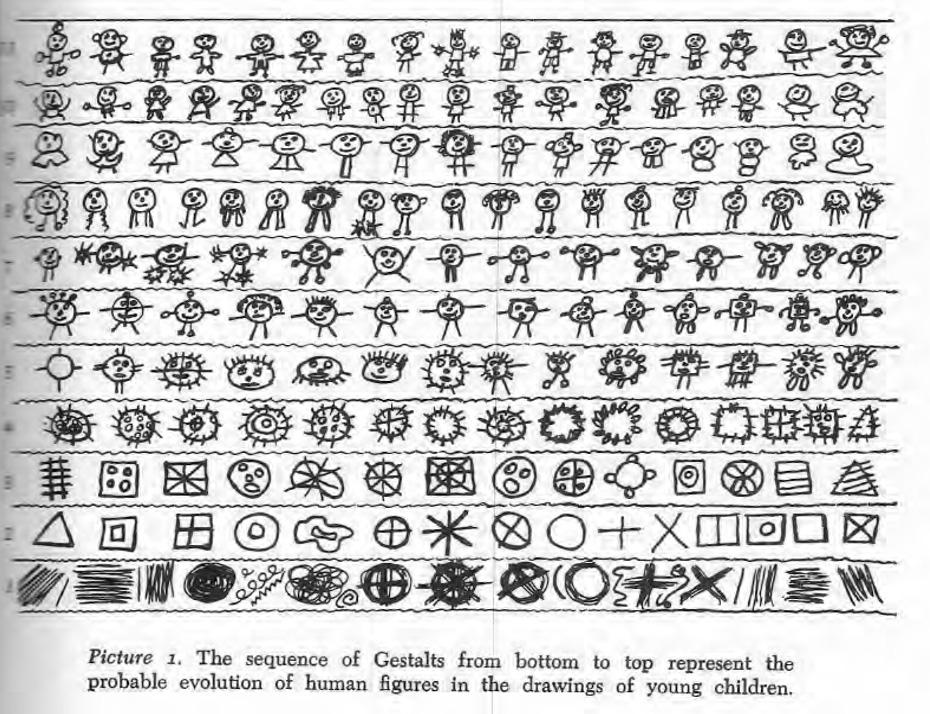 Edinger takes a multifaceted more objective approach to illustrate his ideas on ego development and consciousness evolution in his later book, Ego and Archetype. One source he explores to justify his points is research studies children’s artwork. He analyzes the drawings of children to identify recurring symbols and motifs that reflect the development of their ego consciousness as the child ages and individuated from the mother from 0-4 years. This approach allows him to trace the journey of ego development from a state of fusion with the world to a more differentiated self.
Edinger takes a multifaceted more objective approach to illustrate his ideas on ego development and consciousness evolution in his later book, Ego and Archetype. One source he explores to justify his points is research studies children’s artwork. He analyzes the drawings of children to identify recurring symbols and motifs that reflect the development of their ego consciousness as the child ages and individuated from the mother from 0-4 years. This approach allows him to trace the journey of ego development from a state of fusion with the world to a more differentiated self.
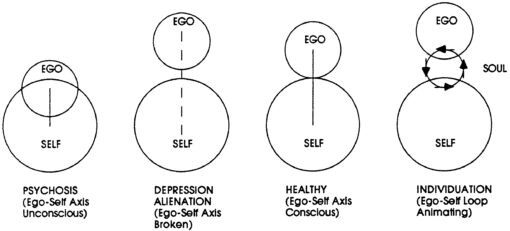 Edinger also delves into the Garden of Eden myth from the Bible. He interprets the Garden as a representation of the undifferentiated state where humanity existed in unity with nature and the unconscious. The expulsion from the Garden symbolizes the emergence of ego consciousness and the separation from this primal state of unity that the ego. The ego still longs for dissolution into the unconscious unity but also, dualy, denies the existence of the unconscious through repression and demands sole autonomous ownership of the psyche. Edinger’s conception that the self is a process, or Axis, between unconscious ego dissolution and ego inflated unconscious repression. The ego functions like a membrane or cell wall that is designed to filter unconscious contents. This interpretation aligns with his broader narrative of ego development in human history. Like more modern forms of therapy like IFS, DBT, and gestalt therapy the self is a process and not a destination.
Edinger also delves into the Garden of Eden myth from the Bible. He interprets the Garden as a representation of the undifferentiated state where humanity existed in unity with nature and the unconscious. The expulsion from the Garden symbolizes the emergence of ego consciousness and the separation from this primal state of unity that the ego. The ego still longs for dissolution into the unconscious unity but also, dualy, denies the existence of the unconscious through repression and demands sole autonomous ownership of the psyche. Edinger’s conception that the self is a process, or Axis, between unconscious ego dissolution and ego inflated unconscious repression. The ego functions like a membrane or cell wall that is designed to filter unconscious contents. This interpretation aligns with his broader narrative of ego development in human history. Like more modern forms of therapy like IFS, DBT, and gestalt therapy the self is a process and not a destination.
 Furthermore, Edinger explores the symbolism embedded in architecture, particularly in religious structures. He sees the architecture of cathedrals and temples as a reflection of the development of human consciousness. The movement from the outer entrance, through various chambers, and toward the inner sanctum mirrors the journey of ego development, from outer reality to inner self-discovery.
Furthermore, Edinger explores the symbolism embedded in architecture, particularly in religious structures. He sees the architecture of cathedrals and temples as a reflection of the development of human consciousness. The movement from the outer entrance, through various chambers, and toward the inner sanctum mirrors the journey of ego development, from outer reality to inner self-discovery.
Perspective on the book:
Neumann’s unique concept of centroversion, or ego development in myths across time, sets his work apart as a valuable resource for those interested in the evolution of human consciousness. However, its unbalanced portrayal of the feminine and lack of counter-arguments make it a less satisfying read in today’s context. For those delving into the world of Jungian psychology and seeking a fresh perspective on ego development, it remains a valuable resource with historical limitations. It should be approached with a critical eye and an awareness of its limitations in providing a complete understanding of the complexities of human consciousness.
Outdated Biology and Science:
Erich Neumann’s utilization of the concept of “ontogeny recapitulates phylogeny” is a central aspect of his work in The Origins and History of Consciousness. This concept, initially proposed by the German biologist Ernst Haeckel, suggests that the development of an individual organism (ontogeny) mirrors the evolutionary development of its species (phylogeny). Essentially, it was believed that we could see previous versions of a organisms historical evolution by looking at the phases the fetus went through in the womb. In biology, this theory has largely been discredited because it oversimplifies the complex processes of both individual development and evolution.
Neumann, accepting the science of his time, adapts this concept to psychology, particularly within the context of his exploration of human consciousness and mythology. He argues that just as individual humans undergo a process of psychological development, mirroring the stages of human history and evolution, human myths also evolve in a way that parallels the development of human consciousness. Neumann’s adaptation of ontogeny recapitulates phylogeny to the realm of psychology serves as a foundational framework for his analysis of mythological narratives.
While the concept may not hold true in a strict biological sense, it can still offer a valuable metaphorical insight into the development of human consciousness and cultural evolution. Neumann’s approach allows readers to explore the idea that myths and narratives can be seen as reflections of the evolving human psyche, even if this isn’t a direct mirror of biological evolution. Neumann’s adaptation provides an analytical framework for examining the relationship between human psychology and cultural history. It invites readers to consider how the stages of human consciousness, as reflected in mythological narratives, correspond to broader historical and psychological developments.
Current psychological understanding acknowledges that individual development is influenced by a complex interplay of linguistic genetic, environmental, and cultural factors. Modern Jungian thought does not necessarily recapitulate the evolutionary history of the species as strictly vestigial relics.
This book is a stepping stone in the development of evopsych, comparative religion and Jungian psychology. The Origins and History of Consciousness has a place as a part of the history of Jungian thought. Like Frasier’s The Golden Bough, it makes for an interesting conceptualization even if the specifics are something that we have moved past. I find it odd that Neumann’s unique concept of centroversion and Edinger’s ego self Axis were not more widely adopted as inevitable modern conclusions of Jung’s starting points. Both of these books are bringing to culmination an answer to a question Jung implies but does not address directly. Unbalanced portrayals of the feminine and lack of multifaceted arguments make it a less satisfying read in today’s context. It would not be the first book on Jungian psychology a novice should check out.
Jungian Topics
How Psychotherapy Lost its Way
Therapy, Mysticism and Spirituality?
What Can the Origins of Religion Teach us about Psychology
The Major Influences from Philosophy and Religions on Carl Jung
Bibliography:
- Corrigan, F. M., & Grand, D. (2013). Brainspotting: Recruiting the midbrain for accessing and healing sensorimotor memories of traumatic activation. Medical Hypotheses, 80(6), 759-766.
- Grand, D. (2013). Brainspotting: The Revolutionary New Therapy for Rapid and Effective Change. Sounds True.
- Shapiro, F. (2017). Eye Movement Desensitization and Reprocessing (EMDR) Therapy, Third Edition: Basic Principles, Protocols, and Procedures. The Guilford Press.
- Vazquez, S. R. (2009). Emotional Transformation Therapy: An Interactive Ecological Psychotherapy. Jason Aronson, Incorporated.
- Schore, A. N. (2019). Right brain psychotherapy. W. W. Norton & Company.
- LeDoux, J. E. (2000). Emotion circuits in the brain. Annual Review of Neuroscience, 23, 155-184.
- van der Kolk, B. A. (2014). The body keeps the score: Brain, mind, and body in the healing of trauma. Viking.
- Panksepp, J., & Biven, L. (2012). The archaeology of mind: Neuroevolutionary origins of human emotions. W. W. Norton & Company.
- Squire, L. R., & Dede, A. J. O. (2015). Conscious and unconscious memory systems. Cold Spring Harbor Perspectives in Biology, 7(3), a021667.
Further Reading:
- Doidge, N. (2016). The Brain’s Way of Healing: Remarkable Discoveries and Recoveries from the Frontiers of Neuroplasticity. Penguin Books.
- Ecker, B., Ticic, R., & Hulley, L. (2012). Unlocking the Emotional Brain: Eliminating Symptoms at Their Roots Using Memory Reconsolidation. Routledge.
- Levine, P. A. (2015). Trauma and Memory: Brain and Body in a Search for the Living Past: A Practical Guide for Understanding and Working with Traumatic Memory. North Atlantic Books.
- Porges, S. W. (2011). The Polyvagal Theory: Neurophysiological Foundations of Emotions, Attachment, Communication, and Self-regulation. W. W. Norton & Company.
- Siegel, D. J. (2012). The Developing Mind, Second Edition: How Relationships and the Brain Interact to Shape Who We Are. The Guilford Press.
- Steele, K., Boon, S., & van der Hart, O. (2017). Treating Trauma-Related Dissociation: A Practical, Integrative Approach. W. W. Norton & Company.
- Schwartz, J. M., & Begley, S. (2003). The Mind and the Brain: Neuroplasticity and the Power of Mental Force. Harper Perennial.
Did you enjoy this article? Checkout the podcast here: https://gettherapybirmingham.podbean.com/


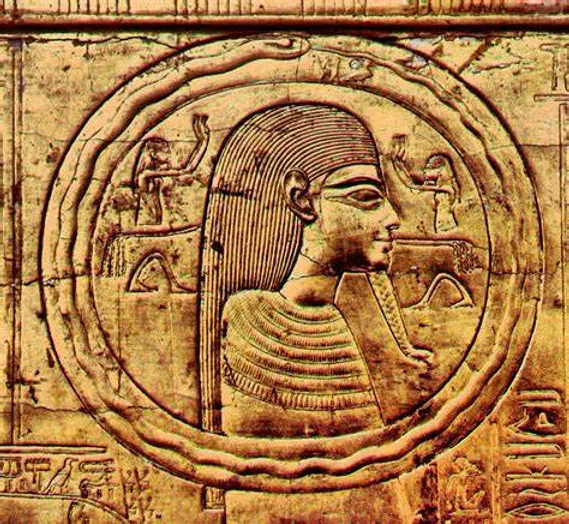
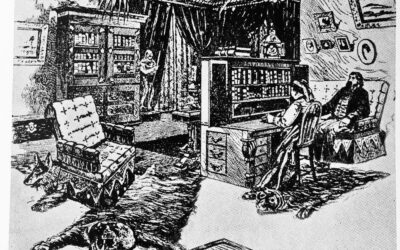
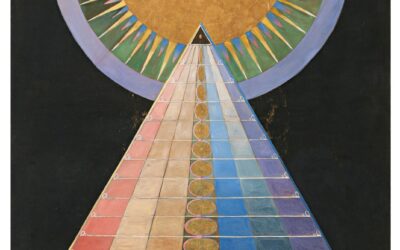

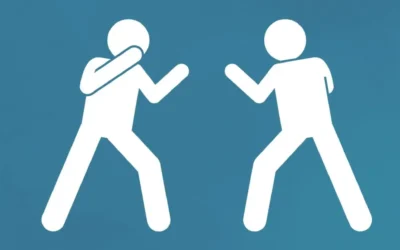

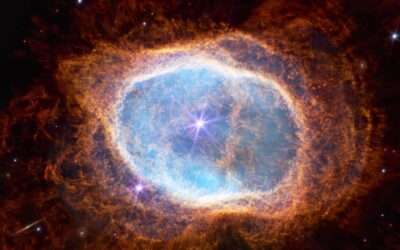


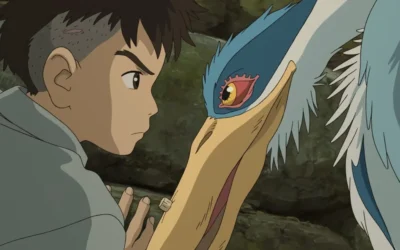



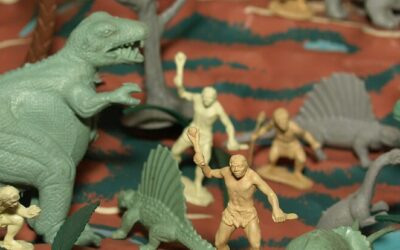
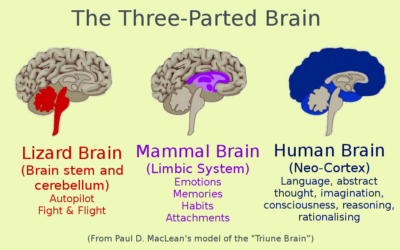
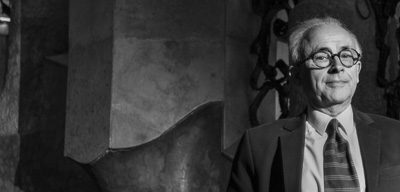

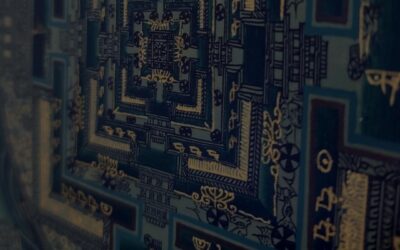
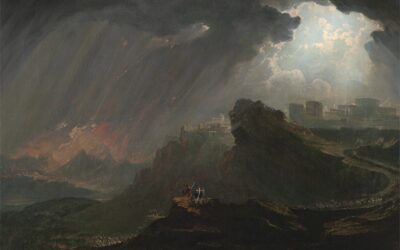
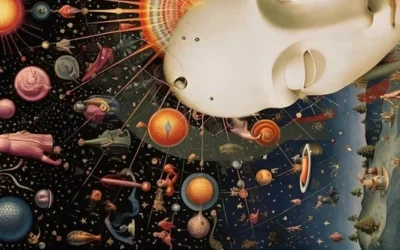

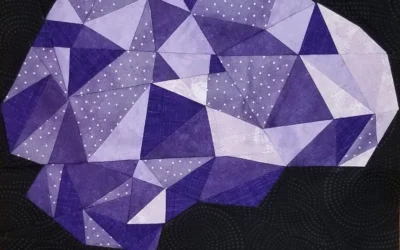
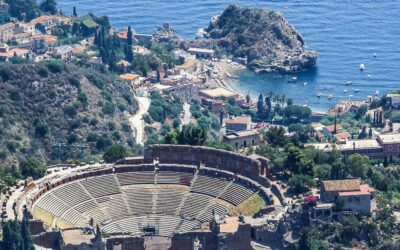
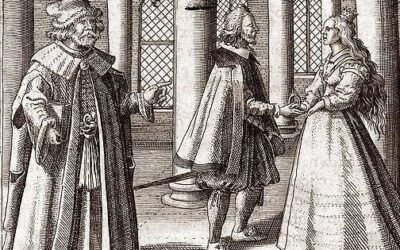

I appreciate your thoughtful review. I found it to be more insightful than most reviews I have read on The Origins and History of Consciousness. At the same time I have the sense that you might have missed a few of the most important contributions of this book. It is important to point out that Jung wrote in the foreword that this book provides the foundation for all his work and it is where he would have started if he could do it all again. At the same time Neumann writes in long run-on and complex sentences using terms that seem designed to confound the reader. Nevertheless his contributions, I think, are undeniable.
The first contribution that most people seem to miss is that the Hero’s journey, which begins with the Separation of the World Parents, is all about consciousness creating a separation between itself and the unconscious by establishing a world of opposites and rationality itself. This presents the idea that there is a fundamental reality beyond what we experience as spacetime that we have simplified into a world of opposites by this early development in human consciousness. Neumann traces this through our mythology and suggests that this is where our original guilt began that is accompanied by a sense of loneliness and that those things are still with us today.
The scientific implications of this are very similar to what Immanuel Kant presents in his idea of Transcendental Idealism which suggests that there is a fundamental world beyond spacetime that our senses convert into a world of space, time and causality. This has been supported by the recent discovery (2013) of a geometric object (amplituhedron) outside of spacetime that allows scientists to calculate gluon splatter within the Large Hadron Collider.
Neumann second contribution goes further than Kant who says we cannot know that fundamental reality by suggesting that the reality presents itself to us through archetypes that constellate around a truth. It is presented to consciousness in this way because the raw truth from that fundamental reality would overwhelm the ego that exists in constant fear of being reabsorbed back into the uroboros that represents the collective unconscious and that fundamental reality. But he also suggests it is by knowing these archetypes that we can learn more about this fundamental reality which could benefit science.
These first few stages of the development of human consciousness however has been all about ego consciousness getting strong enough to withstand the energy of the unconscious without being overwhelmed. Because this has been all about destroying the link to the unconscious and pushing away as an individual while using the scientific method to separate an item from its complex background, mythology has depicted this as masculine. Neumann believes that this was done as a survival technique to protect our babies and this is supported by findings in Evolutionary Biology.
A first reading may give the impression that Neumann disparages the feminine but this is far from the truth. Neumann points out that although this masculine stage was necessary it was bound to run into a dead end because the more the masculine ego separates itself from the feminine unconscious, the less it will be capable of know about reality. Around page 417 Neumann pages the remarkable prediction that the next stage of human development will be marked by the rise of the feminine to create a “Hermaphroditic Ring of Existence” that will see consciousness reconnect with the collective unconscious to gain a flowing torrent of insights.
This idea might be his most important contribution since it suggests that “two spirit” people as they were referred to by Native Americans should be revered in the bodies that they are in so that they feel no need to undergo radical surgeries to fit in. It was clear after my second reading of the book that Neumann revered the feminine. What came across most often in cataloguing mythology is how much the feminine was repressed and reviled by successive western cultures that worked to strengthen the ego with a sense of certainty that it has invented.
There is much more but I have written too much as it is. Thanks for reading all of this and thanks for taking the time to write your review.
Mark Campbell